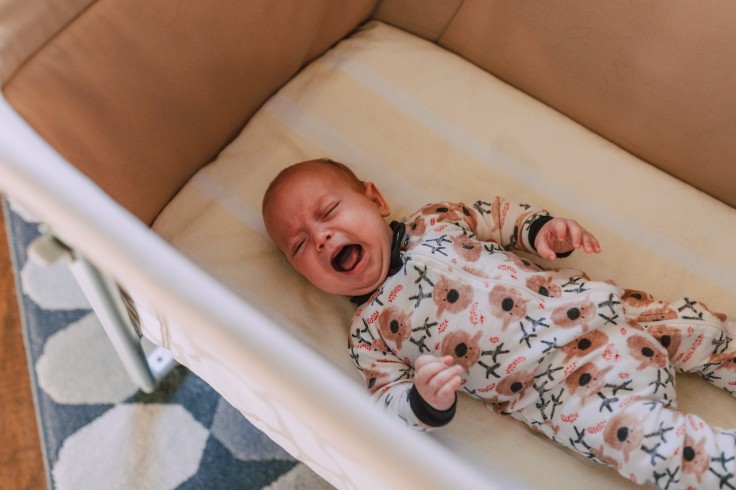
A new study reveals a quick fix to make a crying baby fall asleep and stay asleep.
Twenty to 30 percent of infants cry excessively and display sleep difficulties for no reason, causing parents to stress and even triggering "impulsive child maltreatment" in a few cases.
While numerous sleep training methods or parental education programs can provide long-term improvement of infants' crying and sleeping problems, there is still no conclusive recommendation for behavioral interventions.
A study by Current Biology revealed that the "transport response" is an effective method to soothe and promote sleep in crying infants.
The transport response is shockingly so simple and cost-effective. Parents need not have any props or added materials for the said method.
Parents just need to follow these easy, uncomplicated steps:
1. Parents need to hold the crying baby in their arms.
2. Walk them around for five minutes, soothing them until they fall asleep.
3. Once the baby is asleep, parents should not automatically place the infant in the crib. Instead, they should sit down and hold the sleeping baby for another five to eight minutes.
4. Then, place the baby in the crib.
These steps may be too simple for parents who have gone through so much just to make their babies stop crying and fall asleep. Yet, these simple steps are based on science.
Principal investigator Kumi Kuroda from RIKEN Center for Brain Science in Japan shared to Science Daily, "For many, we intuitively parent and listen to other people's advice on parenting without testing the methods with rigorous science. But we need science to understand a baby's behaviors, because they're much more complex and diverse than we thought."
Inspired by the wild
The rationale behind the carrying and walking part came straight from wild animals. Remember seeing a mother lion carrying a lion cub in her mouth? The baby lion's relaxed posture and tamed nature result from the "transport response." This method gives a calming effect from being carried as heart rate, and voluntary movement are reduced.
Researchers observed 21 infants between the ages of one and seven months. They compared their behavior, movements, and heart rates in response to four different situations-being held by their seated mothers, being held by their walking mothers, being placed in a rocking cradle or stroller, and being laid in a crib and left alone.
Results revealed that the most effective and consistent method to soothe crying babies is when they are being held and walked by their mothers or by the rocking cradle or stroller. It was also found out that a crying baby can be best soothed to sleep after at least five minutes of walking, Todays Parent reported.
Furthermore, a sleeping baby is more likely to stay asleep longer when the parent holds them in a seated position for about five to eight minutes before the baby is placed in the crib. If a baby is placed in the crib immediately after falling asleep, it is more likely that the baby will wake up sooner and cry.
Related Article: What are the Types of Baby Cries and What Causes Them?